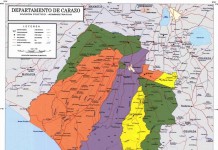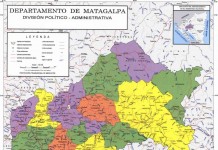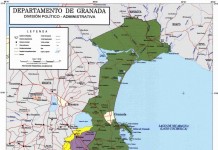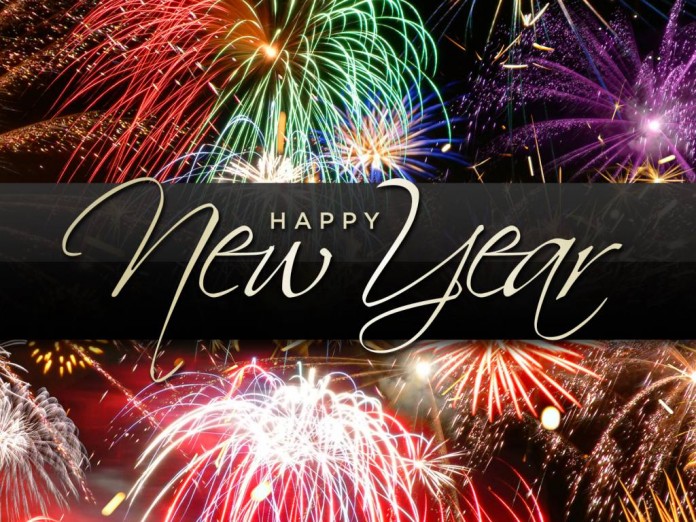
1 de Enero.
El Año Nuevo es la celebración del inicio del año siguiente en el calendario, en función del tipo de calendario utilizado. La más común es la del 1 de enero, del calendario gregoriano, que fue instaurado por el papa Gregorio XIII en 1582, y que se utiliza en la mayoría de los países del orbe. Por causa de esta celebración, el 1 de enero es día festivo en casi todo el mundo.
El calendario gregoriano ha mantenido en los siglos posteriores la costumbre, y la celebración se ha caracterizado en seguir con el significado religioso que prevaleció durante la Edad Media .
Con la expansión de la cultura occidental al resto del mundo durante el siglo XX, el 1 de enero se convirtió en una fecha de carácter universal, incluso en países con sus propias celebraciones de Año Nuevo (por ejemplo, China). Desde entonces, la del Año Nuevo es uno de los principales festejos del planeta, y en muchos lugares suele iniciar desde la noche del 31 de diciembre del año que termina.
Grandes eventos se realizan en las principales ciudades durante la Nochevieja (víspera del Año Nuevo correspondiente al 31 de diciembre), y son acompañadas con los más grandes eventos de pirotecnia. Algunos de los festejos más grandes del mundo se centran en Wellington, Auckland, Sídney, Hong Kong, Shanghái, Taipei, Tokio, Pionyang, Rangún, Beijing, Dubái, Moscú, Estambul, Madrid, París, Berlín, Londres, Río de Janeiro, Buenos Aires, Santiago de Chile, Valparaíso, Nueva York, Bogotá, Lima, Medellín, Caracas y la Ciudad de México.
Mientras en Sídney se lanzan a medianoche más de 80.000 fuegos de artificio ante más de un millón y medio de asistentes, y en algunas ocasiones ha sido la fiesta más vista en televisión a nivel mundial.
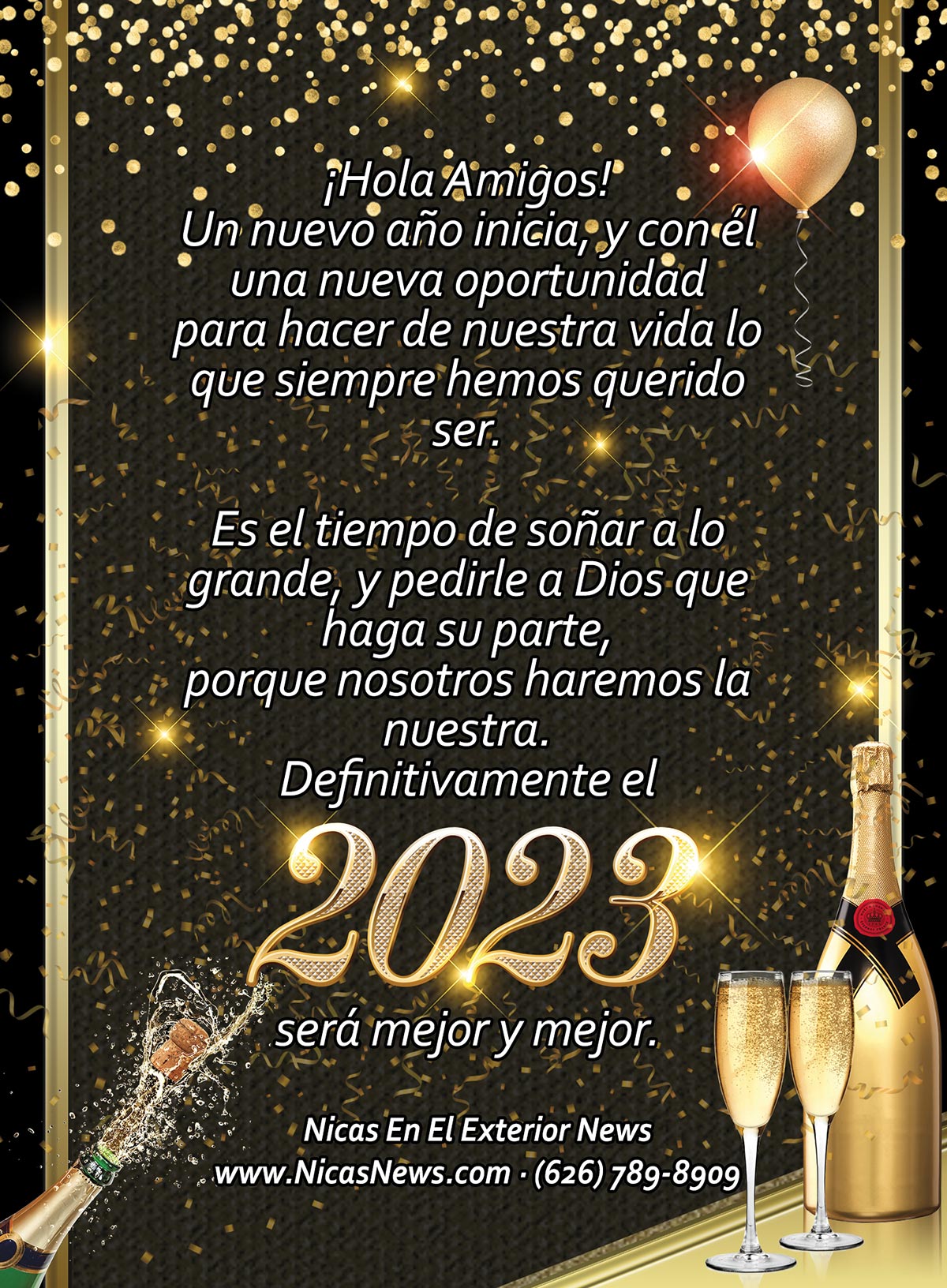
Why the New Year begins on January 1
We celebrate the New Year on January 1 for reasons that are mainly historical, not astronomical. And yet nature cooperates to make January 1 a satisfying time to start anew.
The date of a new year isn’t precisely fixed by any natural or seasonal marker. Instead, our celebration of New Year’s Day on January 1 is a civil event. That’s despite the fact that, for us in the Northern Hemisphere where the amount of daylight has ebbed to its lowest point and the days are getting longer again, there’s a feeling of rebirth in the air.
Our modern celebration of New Year’s Day stems from an ancient Roman custom, the feast of the Roman god Janus – god of doorways and beginnings. The name for the month of January also comes from Janus, who was depicted as having two faces. One face of Janus looked back into the past, and the other peered forward to the future.
To celebrate the new year, the Romans made promises to Janus. From this ancient practice comes our tradition of making New Year’s Day resolutions.
January 1 hasn’t been New Year’s Day throughout history, though. In the past, some New Year’s celebrations took place at an equinox, a day when the sun is above Earth’s equator, and night and day are equal in length. In many cultures, the March or vernal equinox marks a time of transition and new beginnings, and so cultural celebrations of a new year were natural for that equinox. The September or autumnal also had its proponents for the beginning of a new year. For example, the French Republican Calendar – implemented during the French Revolution and used for about 12 years from late 1793 to 1805 – started its year at the September equinox.
The Greeks celebrated the new year on the winter solstice, the shortest day of the year.
Today, although many do celebrate New Year’s Day on January 1, some cultures and religions do not. Jews use a lunar calendar and celebrate the New Year on Rosh Hashana, the first day of the month of Tishri, which is the first month of their calendar. This date usually occurs in September.
Most are also familiar with the Chinese New Year, celebrated for weeks in January or early February. In 2017, the Chinese New Year of the Rooster begins on January 28.
By the way, in addition to the longer days here in the Northern Hemisphere, there’s another astronomical occurrence around January 1 each year that’s also related to Earth’s year, as defined by our orbit around the sun. That is, Earth’s perihelion – or closest point to the sun – happens every year in early January. In 2017, perihelion comes on January 4.
Bottom line:
The reason to celebrate New Year’s Day on January 1 is historical, not astronomical. The New Year was celebrated according to astronomical events – such as equinoxes and solstices – eons ago. Our modern New Year’s celebration stems from the ancient, two-faced, Roman god Janus, after whom the month of January is also named. One face of Janus looked back into the past, and the other peered forward to the future.
REFERENCIAS:
- Año Nuevo (Wikipedia)
- Why the New Year begins on January 1 – 1/Ene/2017 (Earth & Sky)
106,468 total views, 1 views today



